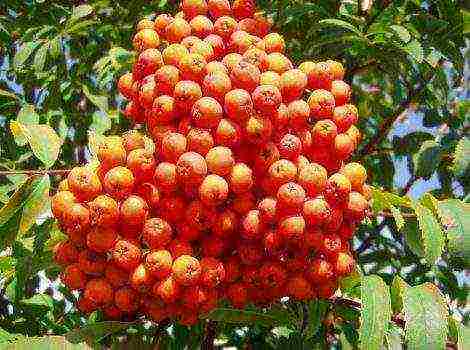Pear care in the fall and preparation for winter
The pear tree is often planted in summer cottages, gardens, because its fruits are tasty and healthy. In addition, the beautiful flowering of the pear cannot be confused with any other. Pear trees can grow up to fifteen meters tall, and begin to bear fruit in the seventh year after planting.... Juicy, tasty, sweet pears are useful to eat raw, but you can make marmalade, jam, juices, compotes, add to baked goods. In addition, pear fruits are very useful and are often prescribed in the dietary menu for people suffering from kidney disease. In this article, we will consider the rules for caring for a pear.
Mandatory pear care activities in spring and autumn
Like all fruit trees, a pear requires careful attention and careful, regular care... First you need to decide on the variety of pear you want to plant, find out if it is suitable for growing in your climatic zone. If you choose a variety that is not recommended for a particular region, even with good care, the tree may not take root, not yield or even die.
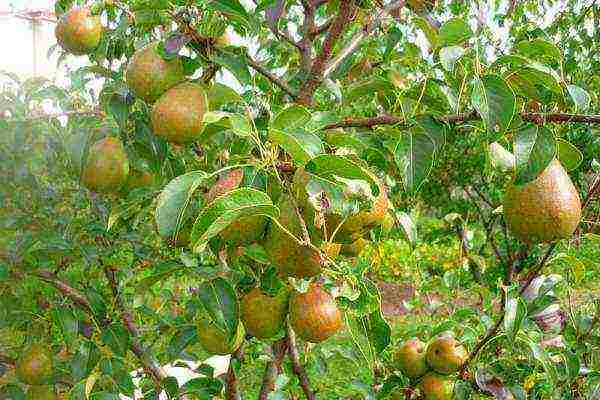
After you decide on the variety, choose the right planting time, as well as a place that should be sunny, on loose soil that allows moisture and air to pass through. If apple trees grow on your site, learning how to properly care for a pear will be easier, since the care measures for both fruit trees are almost identical.
Pear trees must be watered, and it is best to do this through a spray. But if there is none, you can dig a shallow groove around it, but away from the trunk, since the absorbent roots are there, and pour water there. Remember to loosen the soil around the tree., remove overgrowth on the lower part of the trunk, since pests and pathogens are most often found in it.
If you have just planted a young pear tree, be sure to regularly loosen the ground around, weed and fertilize it, since the seedlings have a very weak root system, which takes a long time to take root. If during this period you do not follow the tree properly, then it may not take root. Also, it is imperative to feed the pear, protect it from diseases and other pests, prune it, and cover it for the winter.
Pruning and shaping the crown after planting

A one year old seedling planted on open ground is cut to a height of half a meter above the ground, this is done in the spring. But, as a rule, two-year-old trees are already bought and planted. If you find a second vertical shoot of a seedlingcompeting with the leader, he must be removed, leaving one conductor. If this is not done, a competing escape will develop, which will subsequently weaken the central conductor.
Usually a tree of this age already has up to eight branches. Shape the plant so that there are four skeletal branches spaced equally spaced from each other.... The left branches are shortened by about a quarter, this is necessary for the better development of a strong crown and so that the tree does not branch too much. All branches are cut equally, but the conductor is left twenty-five centimeters higher.
To weaken the growth of some branches, they can not be removed, but simply tilted horizontally and tied to pegs, as a result of this, their growth will stop, and they themselves will be overgrown with wood. The next year, it is necessary to make another formative pruning so that the branches are arranged in tiers at a certain distance from each other. Each tier should consist of two to three skeletal branches.
You don't need to think that this is too difficult for a novice gardener, but it will help shape the crown of the tree so that later it does not form without thickening branches and shoots. A mature, mature tree also needs pruning., but it consists in removing small twigs, tops that grow inside the tree, and also broken branches.
Spring pear processing: feeding and fertilizer
In the spring, we start caring for the tree with cleaning our infield, that is, you need to scoop up the remaining fallen leaves, fallen fruits, branches broken and fallen over the winter. This must be done because pests could overwinter in last year's leaves and fruits, which in the coming season will infect the tree.
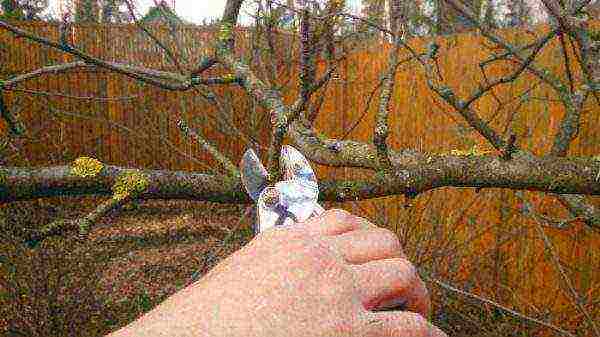
After that, you need to start pruning the branches. If the tree is very young, you need to continue forming the crown, adjusting the number of skeletal branches. We remove broken branches, shoots and tops from mature treesso that moisture and nutrients are not wasted.
Spring is the time for grafting, this fun process will allow the tree to become more fertile. After that, the pear must be watered, and the ground under it must be loosened and fluffed, and then mulched with peat or humus. Processing pears from pests and diseases in the spring is mandatory, the yield and survival of the tree depends on its quality. Preventive remedial measures for spring processing of pears must comply with the following rules:
- in the spring you need a pear process twice before it starts flowering;
- when choosing drugs for pests, carefully look at the recommended period of their use. In the spring, first spray the pear with substances that destroy existing harmful organisms., and then those that prevent their occurrence;
- do not use too concentrated solutions, it can harm the pear, but not benefit;
- alternate drugs;
- if possible minimize the use of chemicals.
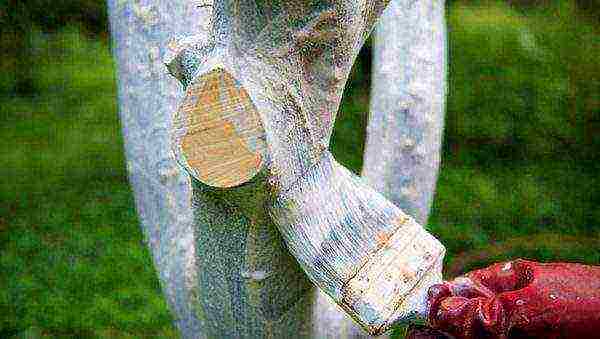
Whitewashing the trunks protects them from sunburn. All pruning measures must be carried out before bud formation. Further conduct regular watering, inspect the tree for pests and foci of disease... If fungal diseases are found that have struck a tree, you need to immediately treat it with the necessary insecticides.
Autumn care measures
Autumn processing of pears occurs, as a rule, after harvest. During this period, it is important not to allow pests and pathogens to remain for the winter in fallen fruits or leaves, under the bark of a tree or in the soil. therefore it is imperative to remove all weeds, all fallen pears and foliage, branches... The fruits can be taken to the compost pit, but the rest is better to burn. In this way, not only the pear can be saved. But also the rest of the garden from the causative agents of diseases of fruit trees.
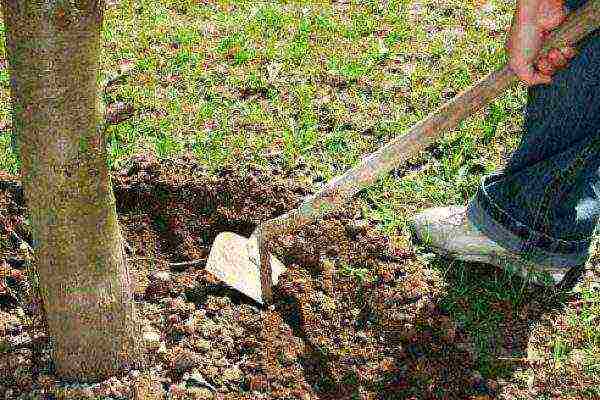
In adult trees, the bark is examined and processed, removing the dead, and disinfected with whitewash.Thanks to the treatment with chalk or lime, tree trunks are better protected from the effects of low temperatures and the chance that they will crack from frost is lower. This means that the pests will have nowhere to live. To provide the tree with oxygen in winter, it is important to dig and loosen the soil in the fall.... Dig up the soil from the trunk itself. Having made a near-barrel circle with a diameter of one meter. In a snowy winter with a lot of rainfall, this measure will not allow the soil to compact too much and damage the root system.
It is also useful to feed the pear with mineral fertilizers, but nitrogenous fertilizers should be abandoned so that the tree can start preparing for winter in time and go into hibernation. If this does not happen, serious frostbite cannot be avoided. Be sure to water the tree even after harvest, even before freezing temperatures. The trunk of the pear must be protected from rodents., tying it with a special net, and mulch the soil around it with peat.
Preparing a pear for winter
So that the tree is not subject to such mechanical damage as frostbite and sunburn, which is likely in winter, it must be whitewashed. After all, otherwise cracks may appear on the bark, in which pests and fungal spores can easily settle and overwinterwho will then infect him. In addition to the fact that the layer of whitewash protects it from the effects of the sun, it disinfects the stem and kills the already existing microbes. You can buy a ready-made solution in the store. But you can prepare it yourself by mixing one and a half kilograms of clay and two kilograms of lime in a bucket of water. If you whitewash a seedling, cover it completely with a solution, if it is already a large tree, then start from the base of the trunk and cover with whitewash to the lower branches.
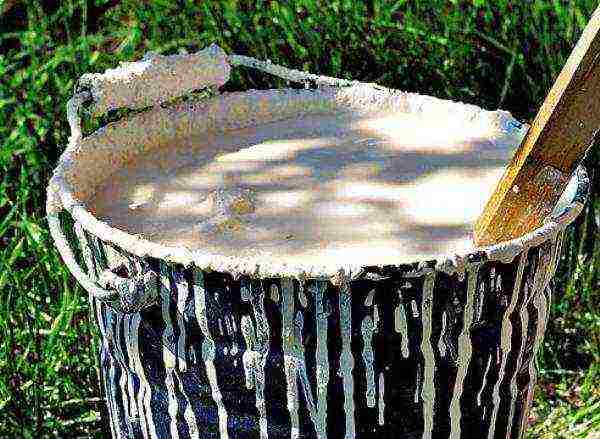
To make the soil more winter-hardy, mulch it with humus or sawdust, together with the snow, this will protect from hypothermia and protect the delicate root system. The roots and bark of a pear are especially fond of all kinds of rodents, therefore, carefully wrap the trunk with a net, spruce branches or other covering material that does not allow pests to damage the bark. If you are preparing a pear seedling for the winter, it is best to tie its branches so that the frosty wind does not damage them.
When and how to feed a pear
The pear can be fed at any time of the year, except perhaps in winter. You need to start with spring, as soon as the trees come out of hibernation. The first fertilizers should be applied in liquid or solid form., but always at the root. If the spring is rainy, dig up the soil and then fertilize. If dry, dilute the fertilizer with water and water the near-stem circle.
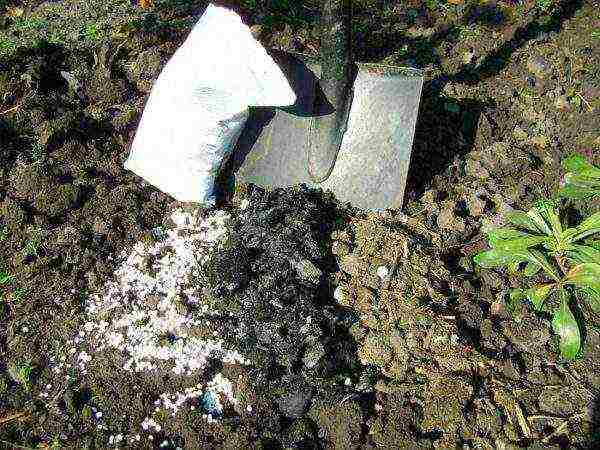
During the period when the kidneys begin to swell, feed the pear with nitrogen-containing preparations... Repeat this while the tree is in bloom. This can be saltpeter, urea, or diluted chicken manure. When the pear has faded, fertilize with fertilizers that activate the growing processes and improve the quality of the fruit. This can be done organic or nitroammophos.
In summer, the pear does not need additional nutrition, the accumulated nutrients are enough for it. But, from mid-June, nitrogen fertilizers need to be applied, but not in the form of root top dressing, but by spraying... This is due to the fact that due to the lack of moisture, the pear poorly absorbs trace elements from the soil, but through the foliage this happens better and faster. In July, it is worth alternating foliar nitrogen and mineral dressing, as well as adding fertilizers with phosphorus and potassium. Watch closely for disease manifestations on the tree. Immediately, as soon as you notice foci of diseases, treat the tree and process it with means that will help the pear to fight them.
Deadline for feeding with nitrogen fertilizers - September, since nitrogen will only stimulate the pear to grow, preventing it from hibernating. The best fertilizer for pears in winter is mineral. They can be purchased at the store. Young trees should be fed with wood ash, bringing it under digging to a depth of ten centimeters. So that the tree is not afraid of the winter cold, it is also recommended to fertilize it with potassium, phosphate and superphosphate, which are introduced into the moat dug around the trunk at the rate of one tablespoon per square meter of soil.

Pear is a very delicate tree that requires careful attention to itself and care. Be sure to shape the crown so that there is no thickening, this will allow you to remove a decent harvest from the tree. Remember that having planted a young seedling, you can grow a strong and well-bearing tree only with proper agricultural technology.... If you know all the rules, which are quite simple, leaving will seem quite simple.
